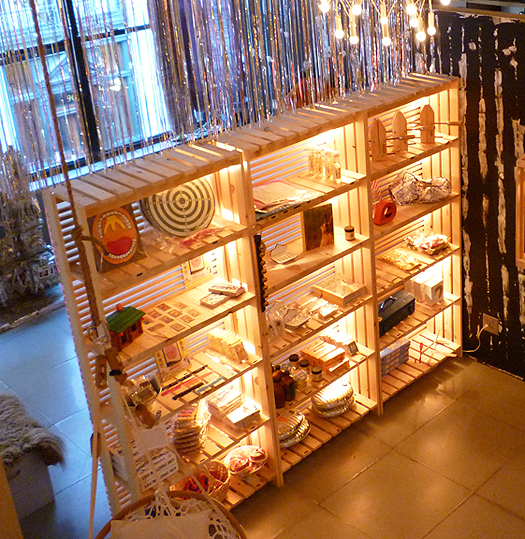
Ever since seeing designer Max Lamb‘s polystyrene bookcases, we’ve been huge fans of his work. He loves making things and lends an artist’s eye to fine craftman’s projects, documenting each step of his process to share on his website. We’ve learned a huge amount from looking at Lamb’s projects, many of which are do-able by any handy person. Take his DIM Shelf that he designed and made with Marco of the wonderful New York City store Kiosk, highly-edited selection of local products plucked from around the globe. DIM stands for Do-It-Myself, a concept that somehow makes DIY even more possible and real.
The shelving, which appear to be inspired by Enzo Mari’s Autoprogettazione (which we wrote about while back), were made out of standard ‘off the shelf’ timber bought at hardware stores: 1″ x 3″ pine (which for some strange reason is actually 3/4″ x 2 1/2″), and 1″ x 1″ (3/4″ x 3/4″) slats, plus a few boxes of screws. Most of the building took place on Kiosk‘s roof.
Here are our select’s from Lamb’s many DIM photos of the project (you can see every step here.) Definitely DIM-able.
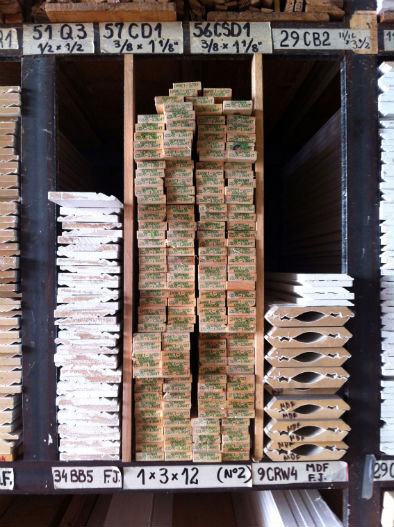
…
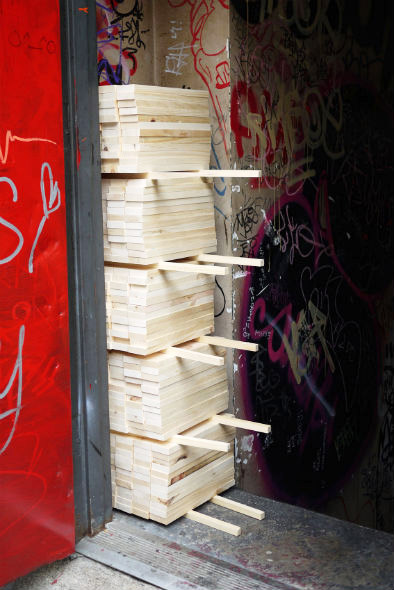
…
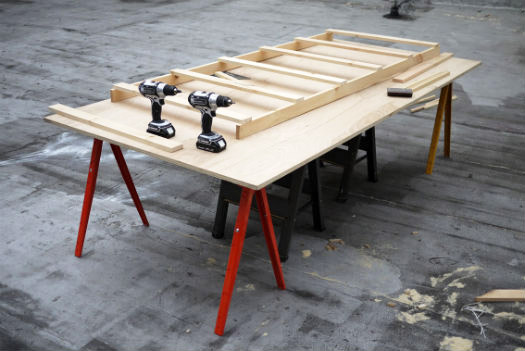
…
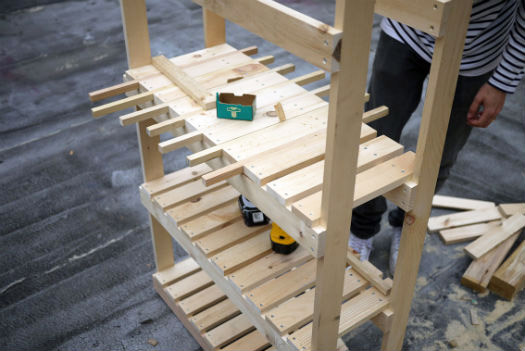
…

…
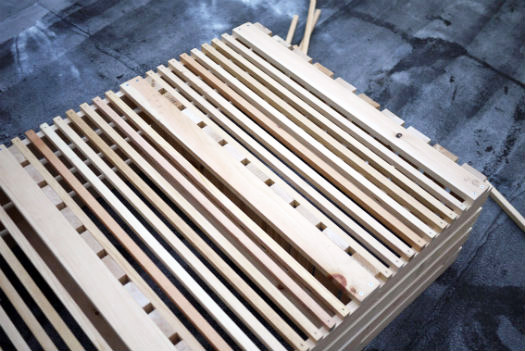
…
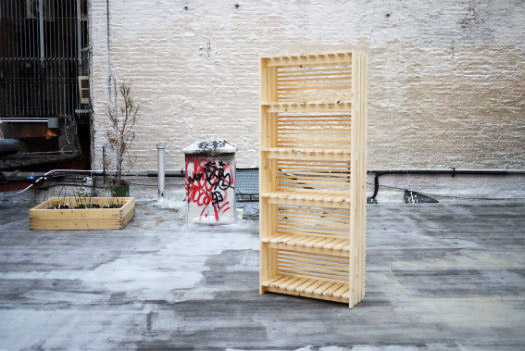
…
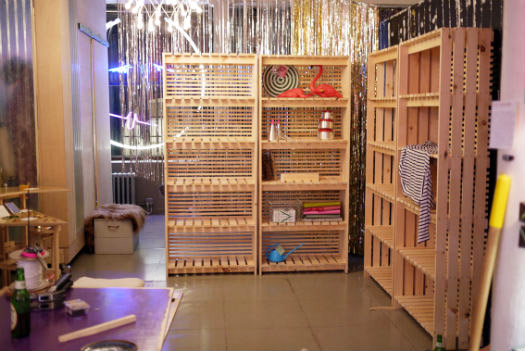
via Max Lamb
Related posts: max lamb wants you to know how he does it so you can too
enzo mari’s autoprogettazione for diy furniture designs
diy strapped-together dowel tables
cool, sturdy cardboard furniture to diy or buy
d-i-y shipping pallet wine rack + flat storage
ladders as pot racks in wood or copper (diy)




Nice shelves, and I love that rooftop.
The “strange reason” behind lumber dimensions is “planing.” The pieces of tree (logs, or slabs cut from logs) are first rough cut to nominal dimensions, 2″x4″ or 1″x3″ for example, but at this stage it would be too coarse-textured to be of use for any finish work and for most construction applications. To make it smooth it is run through a power planer that shaves off a bit on each side. How much changes with the dimensions and may vary with the type of wood.
Plywoods are also not what they seem. Metric-measured plywoods are, but English-measured, no. Example: “¾ inch” plywood is actually 23/32 inch, 1/32 shy of what you’d expect. All of the best carpenters I’ve met are good at math and they measure twice before cutting. More at Wikipedia: http://en.wikipedia.org/wiki/Lumber